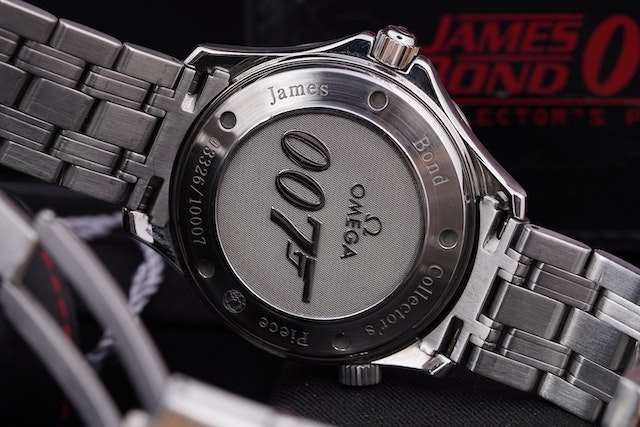How To Revive James Bond With Bond 26 Properly

For Bond 26, the franchise should go back to its origins, but there's a good reason to believe it won't. When the Bond series launched in the 1960s, it established a number of precedents, and pretty much every spy film and adventure that came after it sought to imitate its distinctive formula. Of course, when audiences' preferences evolved over time, the series would have to adjust and would try to capitalize on new trends. The 2006 remake of Casino Royale clearly shows the Bourne series' influence, and the franchise even attempted to imitate Star Wars in 1979's Moonraker.
The tone of the franchise must shift whenever an actor is replaced. The realistic, sometimes melancholy Timothy Dalton 007 era replaced the campy, lighthearted Roger Moore Bond era.
Notwithstanding occasional unfortunate performances that failed to grasp his allure (like 2002's Die Another Day), the creators of the franchise have generally done an excellent job of keeping 007 current with the times he finds himself in. It will be interesting to watch where Bond 26 takes the project next, but there is a clear path it will almost certainly stay away from.
It Makes Too Much Reason That Bond 26 Would Take Place in the 1960s
The origins of the Bond series can be traced back to the 1960s, when both the espionage genre and action cinema were defined. It goes without saying that certain scenes or attitudes haven't held up well when seen through the lens of today. From their treatment of minorities or women to situations like Sean Connery's 007 in 1965's Thunderball effectively blackmailing a nurse into sleeping with him. The Cold War was a theme that carried through the series until the end of the 1980s, and it is one that has to be revisited since 007 is very much a character whose beginnings are connected to it.
Although no Bond movie has ever altered the timeline, A View To A Kill from 1985 is a blatantly obvious example of a movie set in the middle of the 1980s. The film has to take a chance and send 007 back to the 1960s in order to genuinely distinguish Bond 26 from the sea of contemporary spy films and TV series. This would not only give it a rich visual appearance, but the project's creators could review the more problematic aspects of the plot through a more contemporary perspective. An atmosphere reminiscent of the Cold War may also have some frightening undertones given the current problems with Russia.
The Bond Producers Wish To Maintain Modernity Throughout The Series
Even returning to some of the sillier elements like gadgets or ridiculous enemies like frequent 007 enemy Jaws would be enjoyable given a 1960s backdrop. Even while it sounds enticing, it's unlikely that the superspy would go back in time for Bond 26. Barbara Broccoli and Michael G. Wilson, the series' producers, have often remarked that the question of how Bond fits into modern society is the beginning point for each episode, as shown in the documentary Inside Die Another Day. They believe that since it responds to contemporary issues, it is still running despite the fact that the world has changed significantly since the 1960s.

That's a big factor in why the series hasn't changed the timeframe too much. Given how effective this formula has been, it seems logical to retain Bond in a contemporary environment. The producers must be conscious that Bond 26 (which may find his playful side) couldn't simply be more of the same since the Craig period showed a willingness to finally violate some significant boundaries. If anything, the setting of the 1960s would enable them to address contemporary issues in a more cryptic manner while maintaining the series' signature action. How much Bond 26 is prepared to gamble with the property will eventually become clear.

















